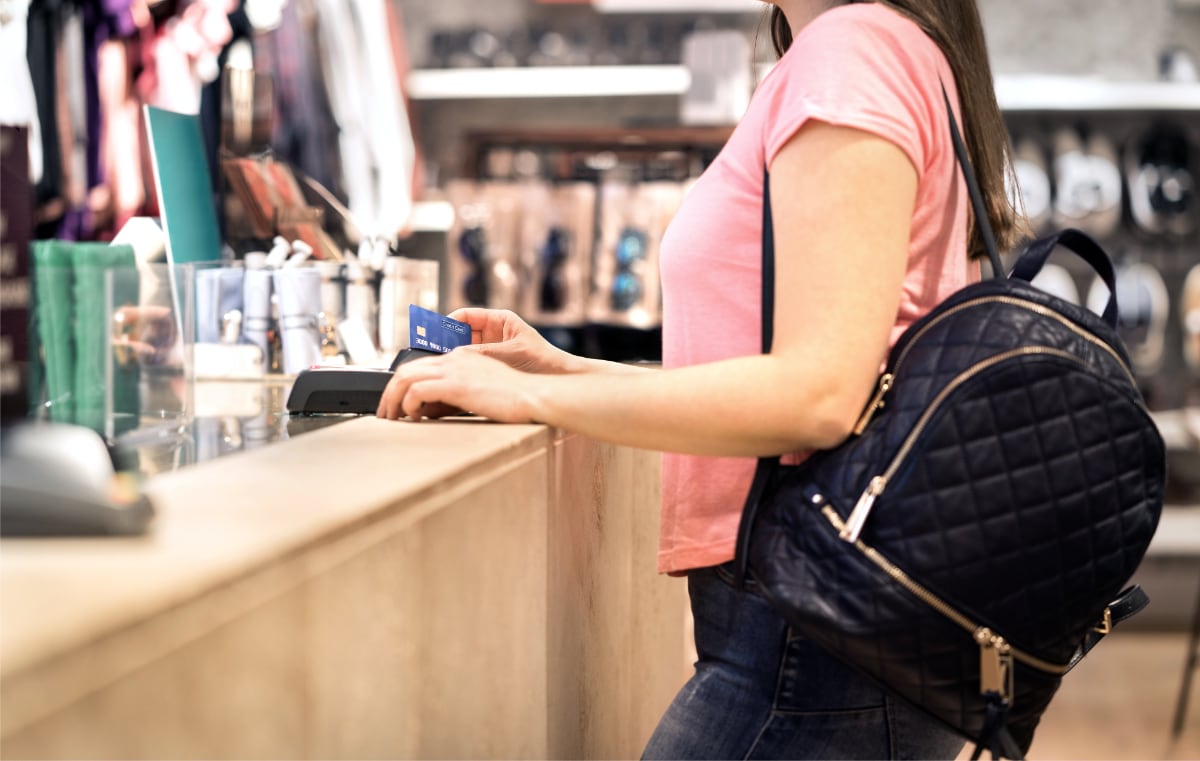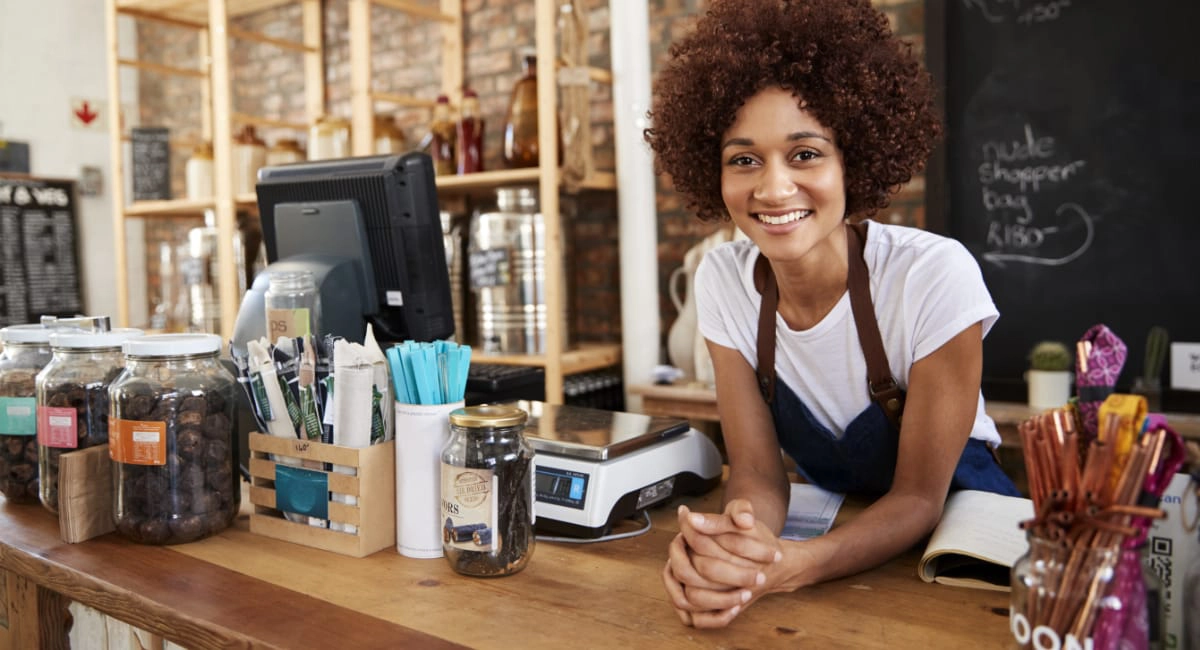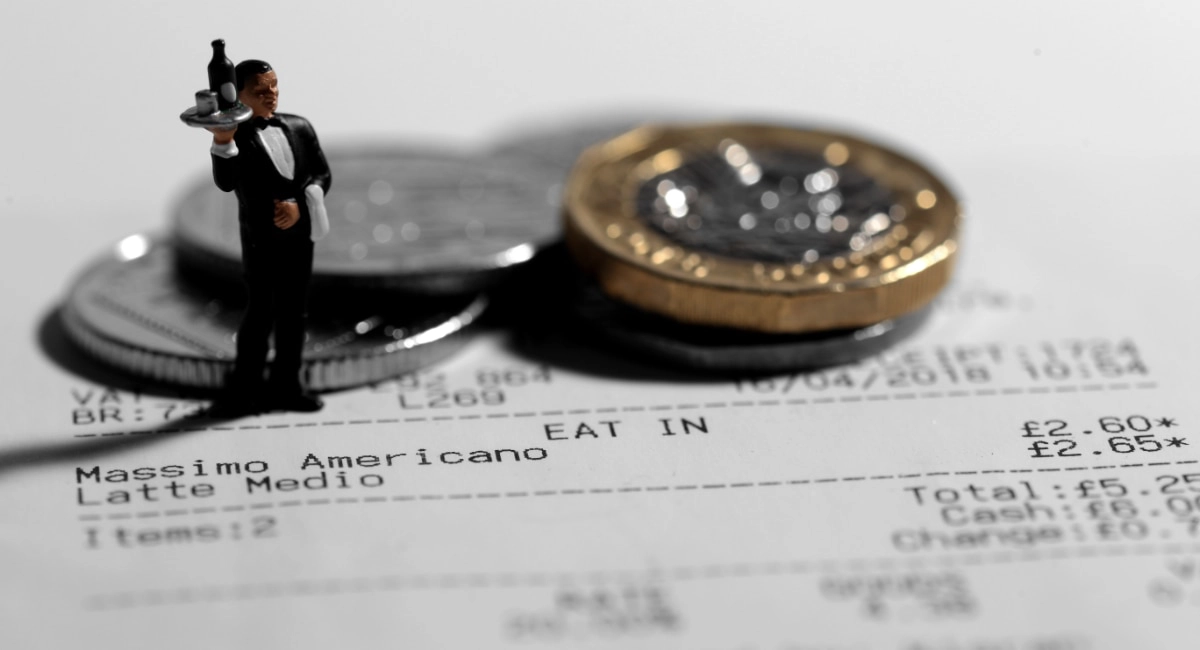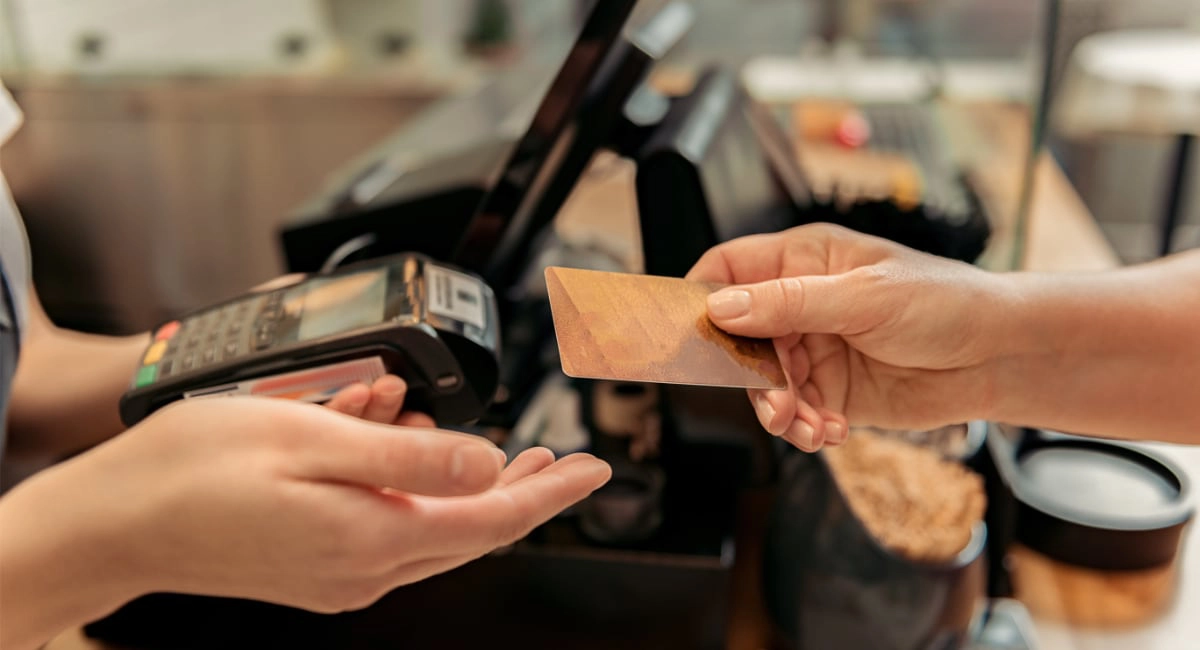You take it for granted as a customer – until the day you need to set up a till counter yourself. Then the question arises: how do I organise a till point so it’s efficient AND attractive?
Part of the answer depends on your product range, but other things apply to most shops.
1. Keep valuables and receipts in a till drawer
It’s common sense to keep all cash locked away from potential thieves, but what about receipts and other important documents needed for bookkeeping? Keep it all locked inside a till drawer, cash box or safe, for security’s sake.
Keeping ‘no sale’ receipts, ‘money out’ slips, proof of purchase receipts for expenses and similar together in one place is important for cashing up. Minor discrepancies are normal from time to time, but being unable to find the cause of a £20 cash shortage can cause unnecessary anxiety and overtime – or unpaid time – for the poor employee trying to figure out the cause while cashing up.
2. Have space for your customer
Ever tried to offload the things you want to pay for on a counter surface the size of a postage stamp? It shouldn’t be that way. It’s never good to make customers jump through hoops to help you take the payment. They are the ones who should be getting the service, not you.
Always have a cleared counter surface with room for the type of products you sell, and enough space for the customer to lean on during the transaction. This applies to the area in front of the counter too: don’t let products in between you and the customer take up so much space that the person struggles to reach to pay you. The open space will also make the employee behind the counter look approachable, ready to help and accept payment.

Many customers like to be close to the counter while they’re being served.
3. Vary your counter display
Your counter may look stellar, but customers tend to stop noticing the display if it hasn’t changed since last time they were there. Don’t be too precious about looks and colours – rotate stock every once in a while, change the price signs, move things around. It will help you sell more.
When you rearrange the display, consider which products or offers you want people to notice today. Anything you’re trying to get rid of? Do you have an amazing offer on? Add-ons relevant to the season now? Be clever about what you highlight, and practice doing this regularly as a fun, creative exercise.
4. Don’t forget your staff
Is your staff part of the furniture, or do they leave a genuinely positive (or positively memorable) impression on customers? Think about the clothes you wear, vibe you want to give off, and customer service style. Are your customers mainly interested in paying quickly, a nice chat, or do they need help? Your team has to be aligned with those things to keep people coming back.
Regardless of industry, constant friendliness and efficient payment procedures prevent issues from happening at the point of sale (POS). Simple things like saying “thanks” and smiling with eye contact will go a long way.
5. Keep the card machine visible
Fewer people carry cash nowadays, prompting them to check if a shop accepts cards or digital payments like Apple Pay. Some shops keep their card machine hidden from view, but this is actually not a good idea – unless there is signage at the till indicating which cards you accept. There will be people assuming you don’t accept cards if nothing indicates it inside your store, and those people may leave without asking you.
If you have a card machine, though, keep it secure at the counter and be vigilant that no one attempts to tamper with it (the same applies to other valuable equipment, e.g. if you’re using a till app for iPad and have the tablet in full view). Small, wireless card readers may need to sit on a dock or be kept at a distance from the outwards-facing side of the counter.

Drooling yet? It’s no coincidence delicious pastries are displayed where everyone pays.
6. Showcase a selection of products
Everyday essentials like batteries, umbrellas or a particular lip balm don’t need an elaborate display, only a sufficient view to confirm visually it is what you want. What about ‘nice-to-haves’ or innovative things no one knows they want until they see it? Those things can be showcased at the till (or even a slideshow on the EPOS screen, if there’s a customer-facing tablet).
Boutiques, bakeries, delis and jewellers would be wise to invest in a glass counter with shelves for the products you want to tempt people with. It is quite common to add items to the bill when you’re about to pay, so it’s a missed opportunity if nothing affordable – or seriously tempting – is showcased at checkout. Clothes stores can add a mannequin with “today’s outfit”, or fill a box with gloves or scarves that most people might need but didn’t think of until they see it.
7. Check daily what you’re running out of
Bags and till rolls, these are essentials far many shops, and they spell doom if they run out! List all the things you need a good supply of every day and check those things daily. For a café, this could be napkins, cutlery or sugar for coffee. Book shops or gift stores might need gift wrap.
Maintaining a consistent supply of these things and planning for busy times ahead are paramount to avoiding difficult customer situations. You can apologise endlessly, but some customers are unforgiving when it comes to services they’re paying for.




